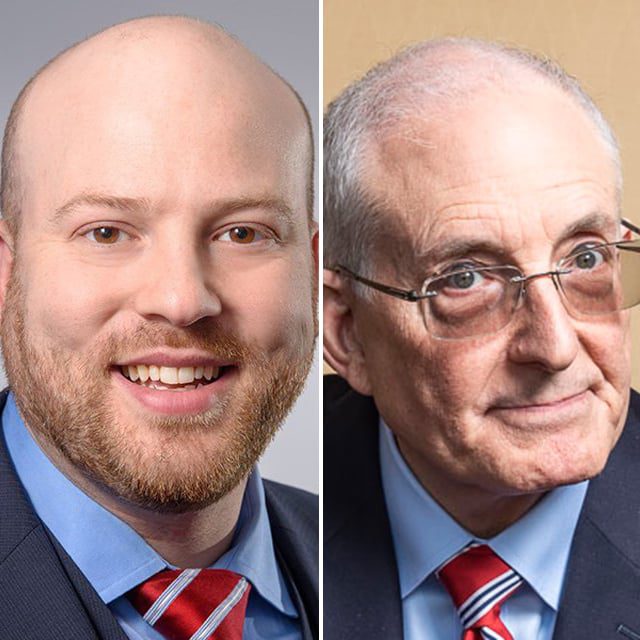529 Plan to Roth IRA Rollovers: Big Promises, Big Unanswered Questions

But what happens if parents decide that they need the funds for their own retirement? While they can easily change the named beneficiary of the 529 plan account to their own, what implications might that have with respect to the 15-year rule? Would the change of named beneficiary for the 529 account restart the duration clock?
That wasn’t Congress’ intention in setting up the rules, Slott and Levine offered, but it’s not completely clear at this point.
The same is true with how the $35,000 limit “per beneficiary” would apply in cases where a parent saves a lot more than that amount (or funds multiple 529 plan accounts to the maximum) and decides not to use the money for other people’s education costs.
It would seem that an owner of a 529 account that held more than $35,000 in unneeded assets could theoretically change the beneficiary multiple times and then do a series of rollovers out of the 529 plan that would add up to an amount greater than $35,000.
It is not clear what Congress’ intent was in setting up this new rollover framework, according to Levine and Slott, and it is possible that lawmakers did not plan to create a loophole for conversions in excess of $35,000. As such, they warn, lawmakers could issue a technical correction to more strictly apply the $35,000 lifetime limit. In addition, the Internal Revenue Service is empowered to set rules that could restrict the total amount of conversions.
Big Head Start on Retirement?
Even with such unsettled questions, Levine and Slott said, the new rollover pathway is a potentially important technique for advisors to study.
Before Secure 2.0, families were penalized for withdrawing unused funds from their 529 accounts. Now, as Levine and Slott pointed out, families have an option other than withdrawing the funds and paying the excise taxes should children decide against pursuing a higher degree — or complete their education without using all funds in the account.
Another important takeaway, Levine said, is that clients can now effectively “supercharge” the retirement savings of younger beneficiaries who don’t end up needing the money for education.
While a single beneficiary will be able to receive only $35,000, this money will be sheltered within a Roth IRA and will have years — likely decades — to grow. And, the initial amount can be complemented by the younger account owner’s future contributions or rollovers.
In the right circumstances, Levine said, this “head start” on retirement savings could add many hundreds of thousands of dollars to a child’s future retirement nest egg.
Pictured: Jeff Levine and Ed Slott




